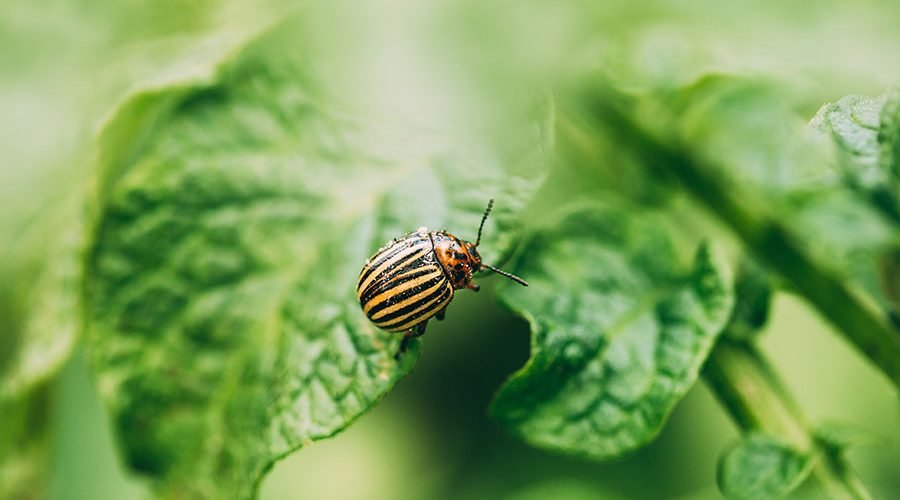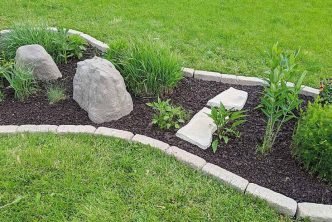Most people are drawn to the indoor garden because it can give them a calm and relaxing feeling that they can get from nature. Aside from that, it is also a great way to have peace of mind in their homes. However, one problem that people who have indoor gardens face is pests. Although indoor gardening doesn’t have too many pests compared to outdoor gardens, it is still a big problem for some people. Pest can still ruin your plants and whole garden if you are not careful.
Common indoor garden pests
Plants are still susceptible to pests, even if they are inside your homes. Some of the most common indoor garden pests are aphids, whiteflies, spider mites, and mealybugs.
Aphids: These are tiny sucking insects that belong to the Hemiptera order. They are often called plant lice because of their small size and ability to wreak havoc on your plants. Aphids come in various colors, such as green, yellow, black, and even pink.
Aphids feed on plant sap, weakening the plant and making it more susceptible to diseases. In addition, aphids also produce a sticky substance called honeydew, which can encourage the growth of sooty mold on your plants.
Mealybugs: These are soft-bodied insects with a white waxy cover that protects them from moisture loss and excess heat. Mealybugs form colonies on the bottom of leaves or any protected parts of the plants. Like aphids, mealybugs also feed on plant sap, weakening the plant and making it more susceptible to diseases.
In addition, mealybugs also produce honeydew, which can encourage the growth of sooty mold on your plants.
Spider mites: These tick-like bugs are arachnid, like spiders, because of their eight legs. There are many species of spider mites, but the most common ones that attack indoor plants are the two-spotted spider mite and the red spider mite.
Spider mites feast on plants, usually when the weather warms in spring. They feed on the fluid inside the leaves and cause the leaves to appear stippled or mottled. In addition, spider mites can also cause the leaves to turn yellow and eventually drop off.
Whiteflies: These are small, soft-bodied insects related to aphids and mealybugs. Their size can be as small as 1/12 inch. They have white wings that allow them to fly short distances.
Whiteflies usually feast on the underside of leaves, which can cause the leaves to turn yellow and eventually drop off and die when an infestation is severe.
Scale: Scale occurs in two forms, soft scale, and armored scale. Scale varies in color and shape depending on their species, but they both appear as small bumps on the stems and leaves of plants, but the soft scales are more prevalent. Their size ranges from 1/8 to 1/2 inch in length.
Symptoms of scale damage on plants include yellowing of the leaves, wilting of the plant, and eventually death.
Aside from these pests on plants, you can find other pests in your garden. They can be a nuisance and can threaten not only your garden’s beauty but also your health. These pests include but are not limited to, ants, cockroaches, and rodents. Also, we might not consider mosquitoes as garden pests, but they can still be present in your indoor garden due to the standing water on your plants.
How to get rid of pests in your indoor garden
There are many ways that you can do to get rid of these pests. You can use chemicals, but it is not advisable because they can harm the plant and your family, especially if you don’t use them properly.
The best way to get rid of pests is by using natural methods such as companion planting, traps, and physical removal.
Companion planting: This is a method wherein you plant certain plants next to each other to repel pests. For example, planting marigolds next to your tomatoes will help repel tomato worms.
Traps: You can use different kinds of traps to catch pests. For example, you can use sticky traps for whiteflies and aphids. You can also use pheromone traps for moths.
Physical removal: This is the most labor-intensive method, but it is also the most effective. You can manually remove the pests from your plants and then put them in soapy water to kill them.
For small infestations, you can remove the insects by hand using tweezers. You can use a hose to blast them off your plants for larger infestations. Just be careful not to damage the leaves in the process with a forceful stream of water.
You can also introduce beneficial insects such as ceratin species of wasp, ladybugs and lacewings into your garden. These insects will help to control the population of pests in your garden.
Prevention is always better than cure.
The best way to get rid of pests is by preventing them from infesting your plants in the first place.
You can do this by keeping your garden clean and free of debris. You should also inspect your plants regularly for signs of pests.
If you see any pests, you should remove them immediately before they can lay eggs or multiply.
You should also quarantine any new plants you bring into your garden to ensure that they are not infested with pests.
Having an indoor garden can be a fun and rewarding experience. But it is important to be vigilant about pests and take measures to prevent and control them. Following the tips above, you can enjoy a healthy and thriving indoor garden for years.





